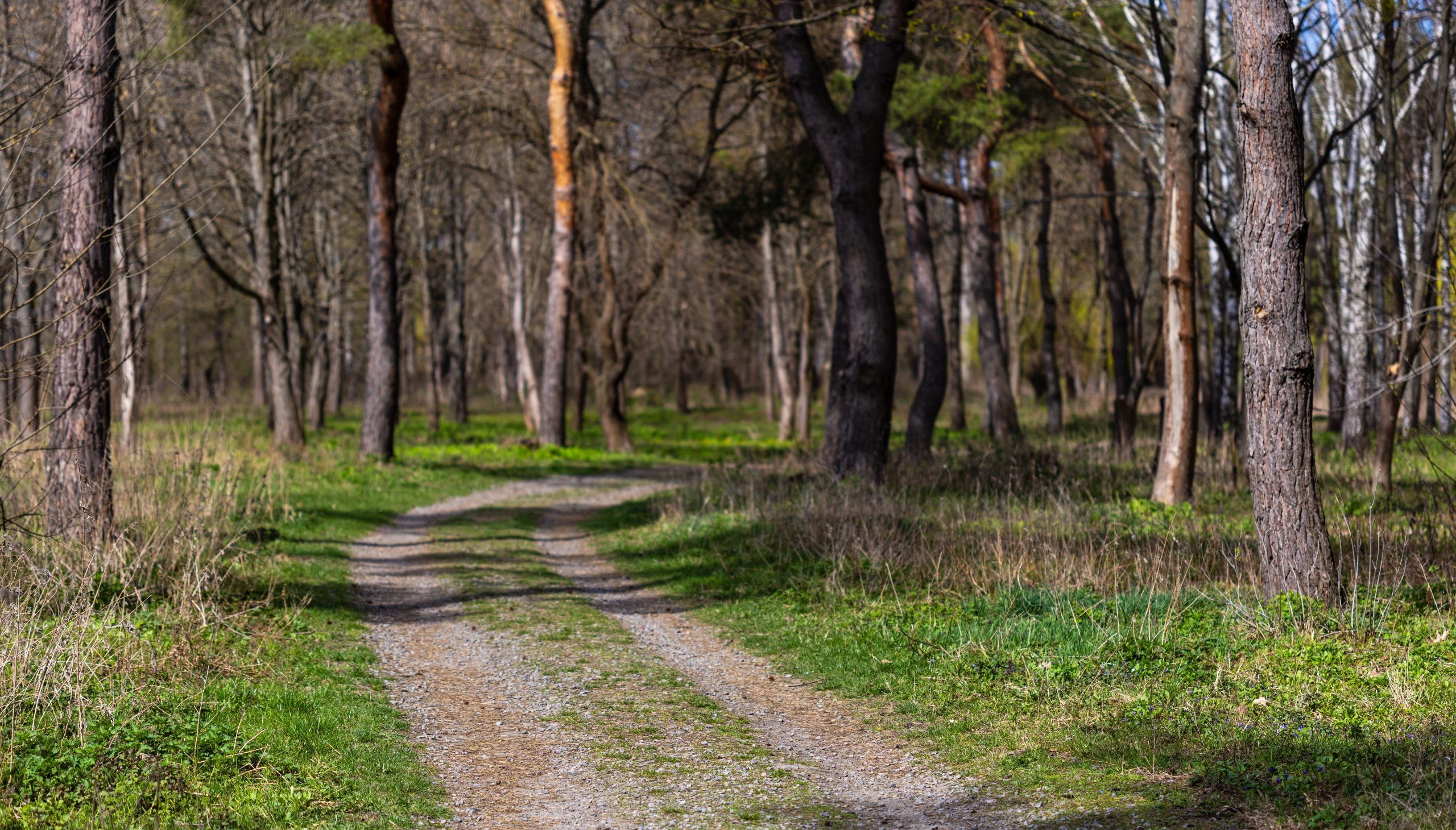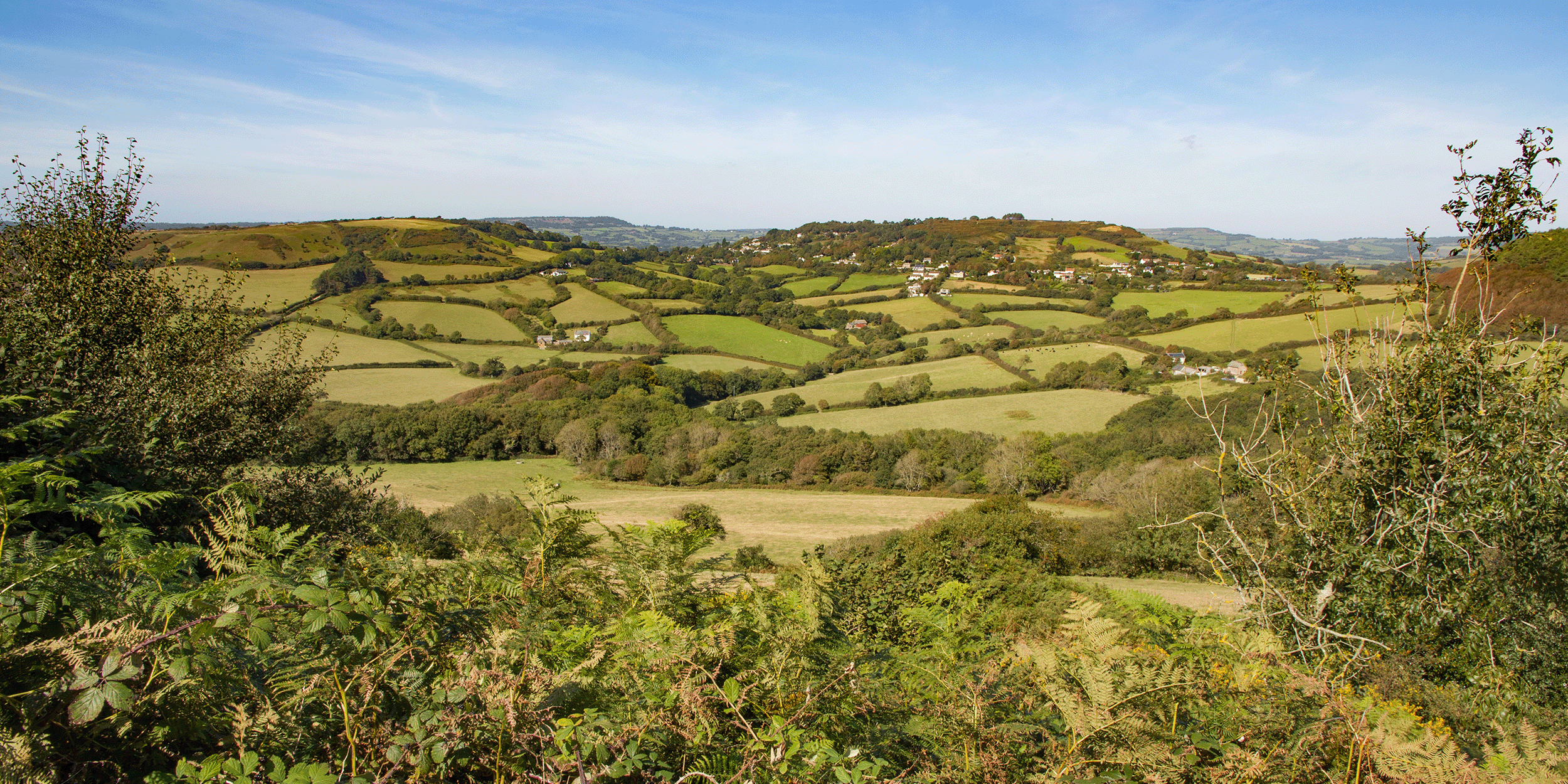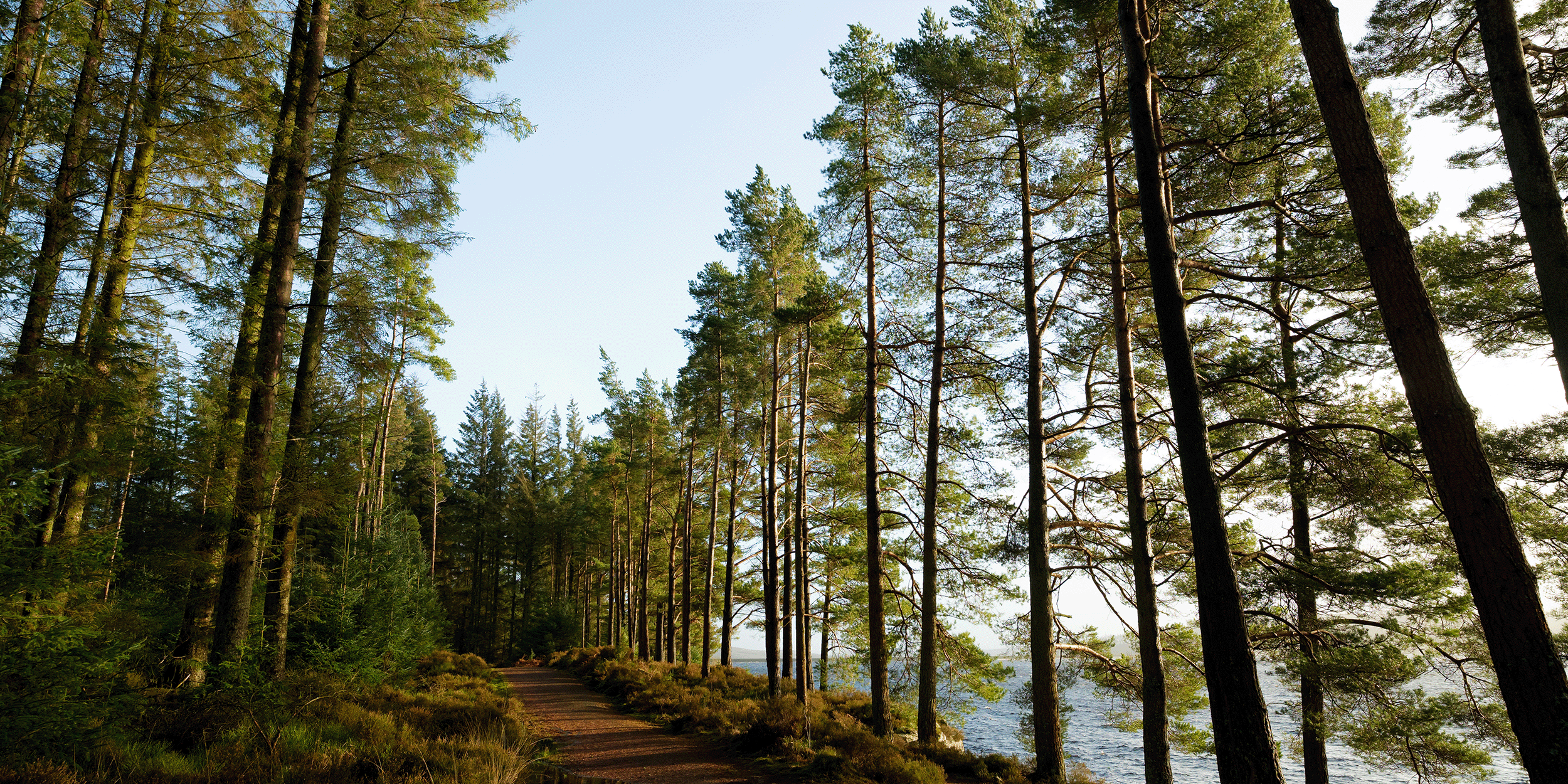Ips cembrae prompts halt of timber exports from areas of Scotland
1 September 2024
Following the discovery of three Ips cembrae beetles (also known as the large larch bark beetle) in a trap, Ireland have indefinitely halted conifer timber exports containing bark originating from Scotland’s west coast Pest Free Area (PFA). This preventative measure follows recent worries as Ips typographus has been spotted on Sitka spruce in South East England.
What is Ips cembrae?
More commonly known as the large larch bark beetle, Ips cembrae is a tree pest that is native to Europe, known for primarily attacking the European larch, but is also known for attacking Japanese larch and hybrid larch.
Whilst native and widespread across Europe, including areas of Central and Northern Russia and the United Kingdom, the large larch bark beetle is notably absent from specific areas including Northern Ireland, the Isle of Man, and Scotland’s PFA. The recent discovery of three Ips cembrae in Scotland’s PFA has prompted Northern Ireland’s response and is a measure taken to prevent the species from becoming widespread in an area where it is currently not present.
Ips cembrae attack the bark and twigs of infested trees and can cause foliage loss, canopy dieback, and needle discolouration in severely infested trees. Whilst Ips cembrae is generally considered a secondary pest as it is often seen attacking trees that were already weakened (such as through other tree pests, extreme weather events, or disease spread), it is vital to keep areas safe that are established to be clear of the pest.
When the beetle is widespread in an area and has caused significant damage to a large number of trees, aerial surveillance is used to assess the scope of the damage, and then ground surveys are undertaken to confirm infestations. As the current sightings are just single digit numbers of beetles, it is unlikely that they will be identified through these means. Instead, traps using a pheromone bait will continue to be used to capture and identify any further spreads.
Whilst Ips cembrae have been observed as flying continuously for multiple hours in lab conditions, their flight range is limited in real-world conditions. The pest relies on strong winds or human-assisted transport (such as timber imports and exports) to travel considerable distances and spread to new areas.
Measures in place
Precautionary measures are currently in place, halting the transport of all conifer timber with bark entering Ireland that has originated from Scotland’s PFA. Existing shipments that were en route at the time of the pause were still allowed to dock, with all timber undergoing standard routine inspections. Boats that had not left Scotland at the time of the announcement will not be permitted to dock in Ireland.
Investigations are currently underway to determine the exact source of the pest and the extent of the spread, but early tracings indicate it was a select few that entered Ireland and were captured. Scottish Forestry are working with Ireland to determine the cause of the sightings and prevent any spread.
How to report a sighting
As Ips cembrae is currently not widespread across Northern Ireland or Scotland’s PFA, it is vital that any suspected sightings are reported so they can be investigated. This will prevent the spread of the pest and maintain these areas as pest-free.
To report suspected sightings in Great Britain, submit a report through TreeAlert.
To report suspected sightings in Northern Ireland, submit a report through TreeCheck.
Ireland understand the importance of keeping the island free of the tree pest for local forestry and will continue to take action where necessary. The recent outbreak and swift preventative measures highlight the importance of woodland management to protect our industry and prevent further outbreaks.
Keep up to date on the latest Woodsure updates through our news pages or follow us on social.
Related news

The Western Forest – 20 million trees to be planted, creating a new national forest

Defra report highlights the importance accessible air quality information

Dorset company prosecuted for illegal felling in a protected woodland
